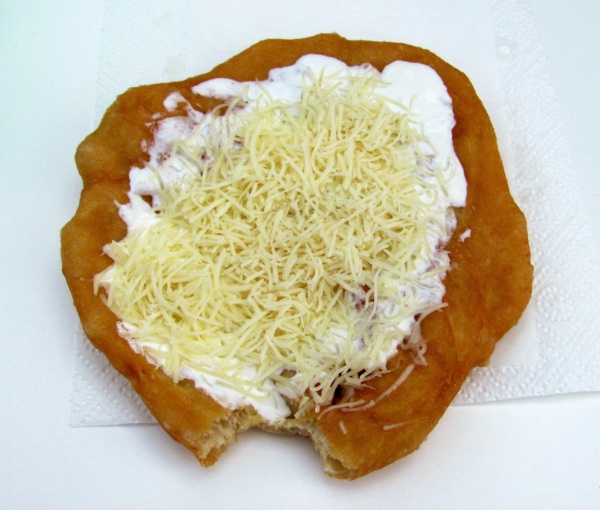Facts About Lángos
Lángos, a cherished Hungarian street food, is essentially deep-fried dough that delights the palate with its crispy exterior and soft, fluffy interior. The name "lángos" derives from the Hungarian word "láng" meaning flame, hinting at its ancient origins. Initially inspired by Roman flatbreads like "panis focacius" modern lángos is fried in oil rather than cooked over an open flame.
The basic dough for lángos is crafted from a blend of water or milk, flour, yeast, and salt. For a twist, some variations incorporate mashed potatoes into the dough, known as potato lángos. Once fried to golden perfection, lángos is typically served warm and can be topped with a variety of delectable ingredients, such as sour cream, cheese, ham, or garlic butter.
In Hungary and other Eastern European countries, lángos is a popular and budget-friendly street food. You can often find it at fairs, bus stations, and sporting events, drawing crowds with its irresistible aroma and satisfying taste.
Lángos has relatives around the world, including Indigenous American frybread, Bulgarian mekitsa, Central Asian shelpek, Indian bhatoora, and Canadian BeaverTails. Each culture has its own version and name for this delightful fried dough. In Serbia, it's known as "langoš" in Bulgaria as "mekitsi" and in Poland as "langosz." Even in Austria, lángos is a favorite at fairs and amusement parks.

 Slovenia
Slovenia